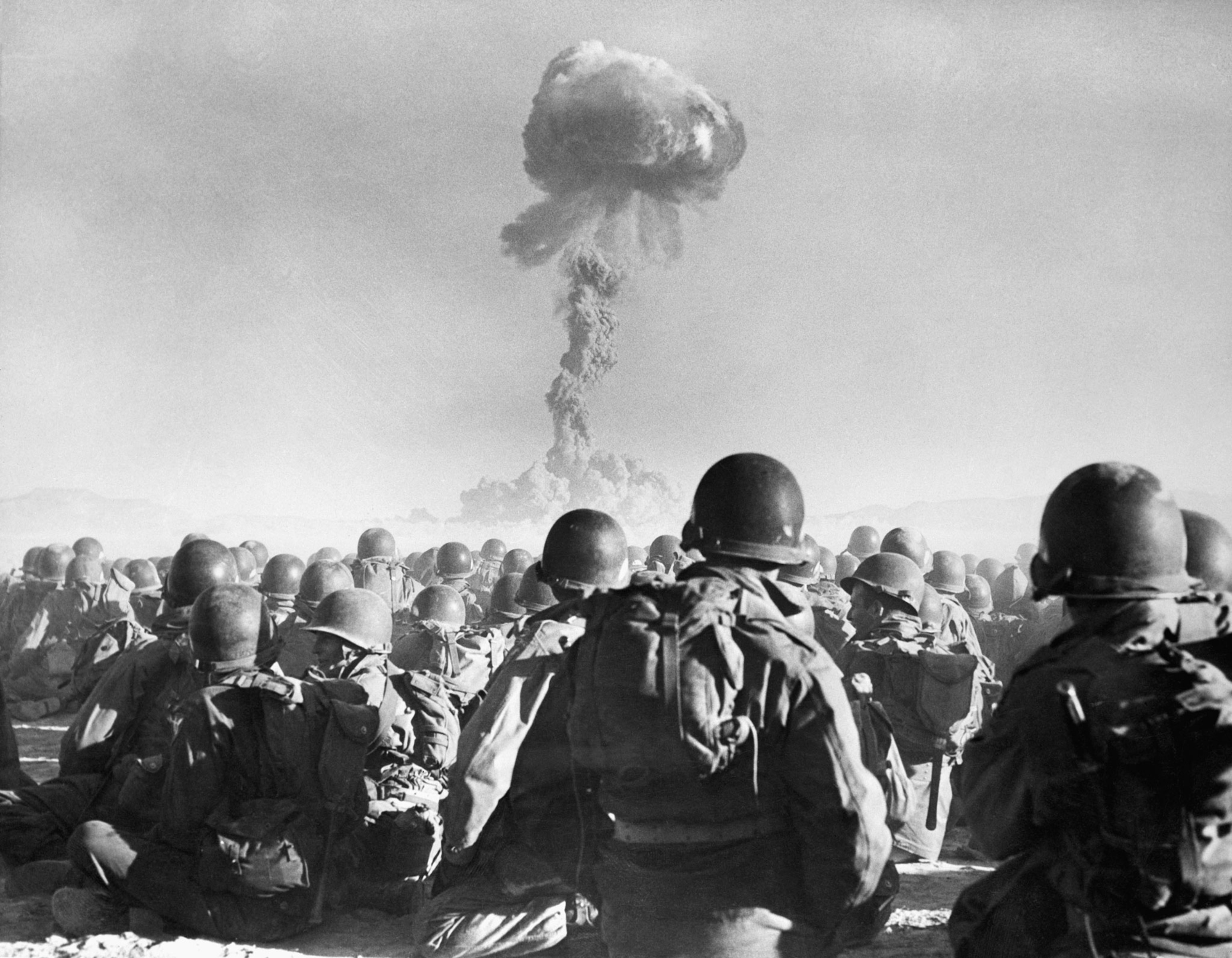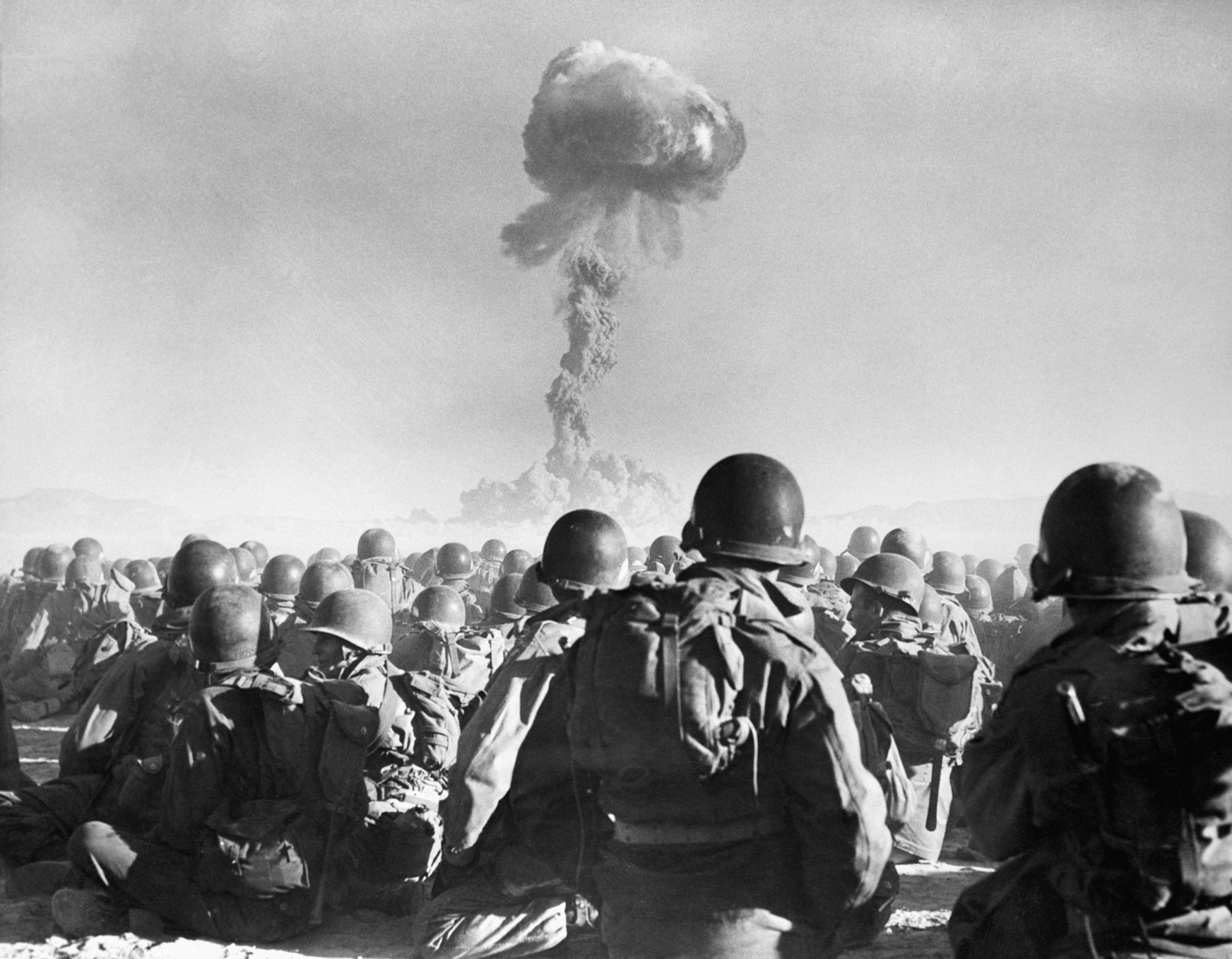
### The Mushroom Cloud of the Initial Hydrogen Bomb: A Disturbing Look at Human Potential
The sight of a vast mushroom cloud rising into the atmosphere is a powerful image burned into the shared consciousness of mankind. These haunting depictions, although decades behind us, function as glaring reminders of the immense destructive capacity that nuclear arms possess. The creation of these arms—able to obliterate entire metropolises and permanently disrupt ecosystems—marks both the pinnacle of scientific progress and the abyss of human danger.
This article explores the fundamental physics behind nuclear arms, their progression from atomic to hydrogen bombs, and the dire repercussions of their deployment. By grasping the dynamics and ramifications of nuclear detonations, we can truly recognize the critical significance of international initiatives aimed at nuclear disarmament and non-proliferation.
—
### How Are Nuclear Weapons Constructed?
The immense energy central to nuclear weapons originates from the unbelievable quantity of energy contained within atomic nuclei. This energy can be harnessed through two different mechanisms: **nuclear fission** and **nuclear fusion.**
#### Nuclear Fission: Dividing Atoms to Release Energy
Nuclear fission takes place when the nucleus of a substantial, unstable atom (like Uranium-235 or Plutonium-239) is impacted by a free neutron. This interaction causes the nucleus to divide into two smaller atoms, releasing additional neutrons and an astounding amount of energy. The ejected neutrons can proceed to split adjacent atoms in a chain reaction, resulting in an exponentially escalating release of energy in mere microseconds.
For instance, when Uranium-235 experiences fission, it breaks down into lighter elements such as Krypton-92 and Barium-141, while producing three new neutrons. These neutrons can then catalyze further fission events with nearby uranium nuclei. This cascading effect is the essential mechanism driving the destructive force of atomic bombs.
#### Nuclear Fusion: Fusing Atoms to Unleash Energy
Nuclear fusion, the process fueling the sun, is fundamentally different from fission. Instead of dividing atoms, fusion entails merging the nuclei of small atoms, such as hydrogen isotopes (deuterium and tritium), to form a larger atom, like helium. This process liberates tremendous energy in the form of heat and light.
Fusion reactions necessitate extremely high temperatures—reaching millions of degrees Celsius—to overcome the natural repulsion between atomic nuclei (a challenge known as “Coulomb force”). Therefore, thermonuclear weapons rely on an initial fission reaction to set the stage for fusion.
—
### The Progression of Nuclear Weapons
From the primitive atomic bomb to the sophisticated thermonuclear weapons of today, the advancement of nuclear arms has been characterized by increasing levels of destructive capability and technological complexity.
#### The Atomic Bomb: The Dawn of the Nuclear Age
Atomic bombs, the original kind of nuclear weapon, depend solely on fission to generate their explosive impact. These bombs were deployed in 1945 during World War II, when the U.S. dropped “Little Boy” on Hiroshima and “Fat Man” on Nagasaki. Although some of the weakest nuclear weapons ever created, their impact was unparalleled. For instance, the Hiroshima bomb unleashed energy comparable to 15 kilotons of TNT—sufficient to eradicate most of the city and result in over 140,000 fatalities.
#### The Hydrogen Bomb: A Leap in Destruction Levels
In the years subsequent to World War II, scientists engineered hydrogen bombs (thermonuclear devices), which merge nuclear fission and fusion to achieve dramatically higher energy outputs. The inaugural hydrogen bomb test, performed by the U.S. in 1952, generated an explosion measured in **megatons of TNT** rather than kilotons. The fireball produced by the detonation was brighter than the sun, with its heatwave palpable over 50 kilometers away.
#### Contemporary Nuclear Weapons: Enhanced Efficiency, Amplified Power
Current nuclear warheads exhibit significant refinement, integrating chemical explosives, fission, and fusion in a meticulously designed sequence to optimize explosive yield while minimizing fuel consumption. Modern constructs ensure that the primary fission process generates the extreme temperatures necessary for initiating fusion in the secondary explosion. This dual-phase detonation can yield explosions equivalent to tens of megatons of TNT, far exceeding the bombs utilized in 1945.
—
### What Transpires During a Nuclear Detonation?
The immediate and long-lasting consequences of a nuclear explosion are devastating, featuring intense heat, a powerful shockwave, and lethal radiation.
#### Immediate Aftermath: Intense Heat and Blast
– **Thermal Radiation:** Approximately 35% of the energy released in a nuclear explosion appears as thermal radiation, creating temperatures capable of inflicting fatal burns up to 10 kilometers away.
– **Blast Wave:** The rapid release of energy from the explosion generates a formidable blast wave. Wind speeds near the epicenter can hit 255 km/h, leveling structures and destroying everything in their vicinity.
